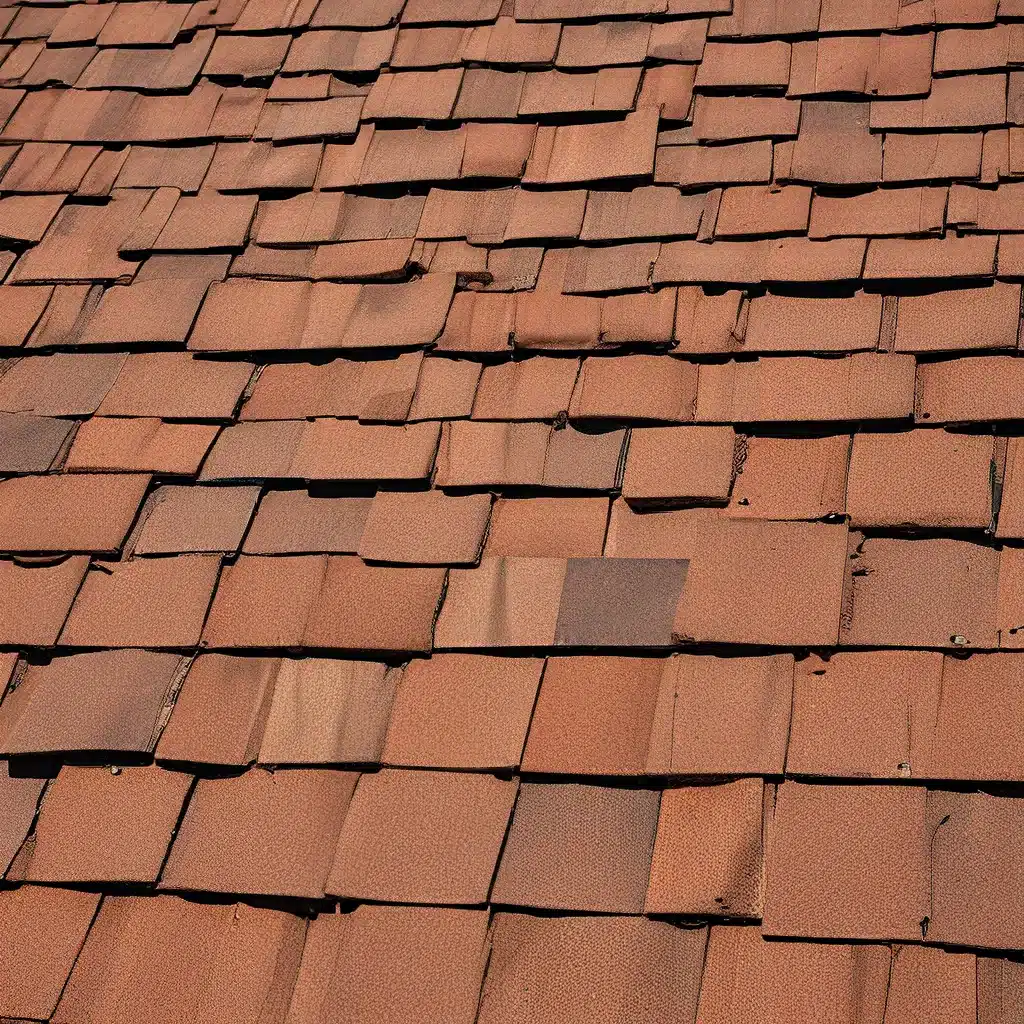
As a homeowner, the last thing you want to deal with is a leaky roof or extensive roof damage. Not only can it be a major inconvenience, but it can also quickly lead to costly repairs that can put a serious dent in your budget. That’s why proactive roof inspections are so important – they allow you to identify and address potential issues before they spiral out of control.
Understanding Common Roof Problems
Now, I know what you’re thinking – do I really need to inspect my roof that often? The answer is a resounding yes! Roofs are constantly exposed to the elements, and even the smallest cracks or damage can lead to bigger problems down the road.
Some of the most common roof issues I’ve seen include:
- Leaks – Whether it’s around vents, chimneys, or simply in the roof itself, leaks can cause serious water damage and create the perfect environment for mold and mildew to grow.
- Shingle Damage – High winds, heavy rain, and even the sun’s UV rays can cause shingles to crack, curl, or blow off entirely, leaving your roof vulnerable.
- Pooling Water – Improper drainage or clogged gutters can lead to water pooling on your roof, which can weaken the underlying structure and lead to leaks.
- Structural Issues – Over time, the roof’s support system can become compromised, leading to sagging or even collapse if left unchecked.
The good news is that many of these problems can be prevented with regular inspections and proactive maintenance. Let’s dive into some specific steps you can take to keep your roof in top shape.
Scheduling Regular Roof Inspections
I recommend scheduling two roof inspections per year – one in the spring and one in the fall. These seasonal inspections will help you stay ahead of any potential issues and ensure your roof is ready to withstand whatever Mother Nature has in store.
During your inspections, be sure to:
- Check for Cracks or Splits – Carefully examine your roof for any cracks, splits, or missing shingles that could lead to leaks.
- Look for Pooling Water – Identify any areas where water is accumulating and not draining properly.
- Inspect Flashing – Make sure the flashing around vents, chimneys, and other roof penetrations is in good condition and properly sealed.
- Clear Debris – Remove any leaves, twigs, or other debris that could clog your gutters and downspouts.
If you spot any issues during your inspection, it’s important to address them right away. Small problems like a few missing shingles or some clogged gutters can quickly turn into major headaches if left unattended.
Maintaining Your Roof
In addition to regular inspections, there are several ongoing maintenance tasks you can perform to keep your roof in top shape:
- Gutter Cleaning – Make sure your gutters and downspouts are clear of debris, allowing water to flow freely away from your home.
- Trim Overhanging Trees – Branches that hang over your roof can scratch, crack, and even puncture your shingles, so be sure to keep them trimmed back.
- Apply Protective Coatings – Certain roof coatings can help extend the life of your shingles by protecting them from UV damage and weathering.
- Replace Damaged Flashing – If you notice any cracked, rusted, or poorly sealed flashing, it’s best to have it replaced by a professional.
By staying on top of these routine maintenance tasks, you can help ensure your roof maintains its integrity and continues to protect your home for years to come.
Hiring a Professional Roofing Contractor
Now, I know what you’re thinking – all of this sounds like a lot of work! And you’d be right. Roof maintenance and inspections can be time-consuming and, quite frankly, a little intimidating for some homeowners. That’s why I always recommend working with a professional roofing contractor.
A reputable roofing company like Southern Roofing Company can provide a comprehensive inspection and identify any issues before they become major problems. They’ll also have the expertise to properly repair any damage and recommend the best long-term solutions to keep your roof in top shape.
Plus, many roofing contractors offer preventative maintenance packages that include regular inspections, minor repairs, and even extended warranties. This can give you peace of mind and protect your investment in your home.
Preparing for the Unexpected
Even with the best maintenance and prevention efforts, sometimes unexpected roof damage can still occur – like after a severe storm or heavy snowfall. When that happens, it’s important to act quickly to mitigate any further damage.
If you do experience roof damage, be sure to document it thoroughly with photos and notes. This will be helpful when filing an insurance claim. And don’t hesitate to call in a professional to assess the extent of the damage and provide repair recommendations.
Remember, roof issues rarely resolve themselves, and the longer you wait to address them, the more costly the repairs can become. By staying proactive and working with the right roofing experts, you can protect your home and avoid those dreaded, budget-busting roof repairs.
So, what are you waiting for? Schedule your roof inspection today and take that first step towards a safer, more durable roof that will keep your home protected for years to come.